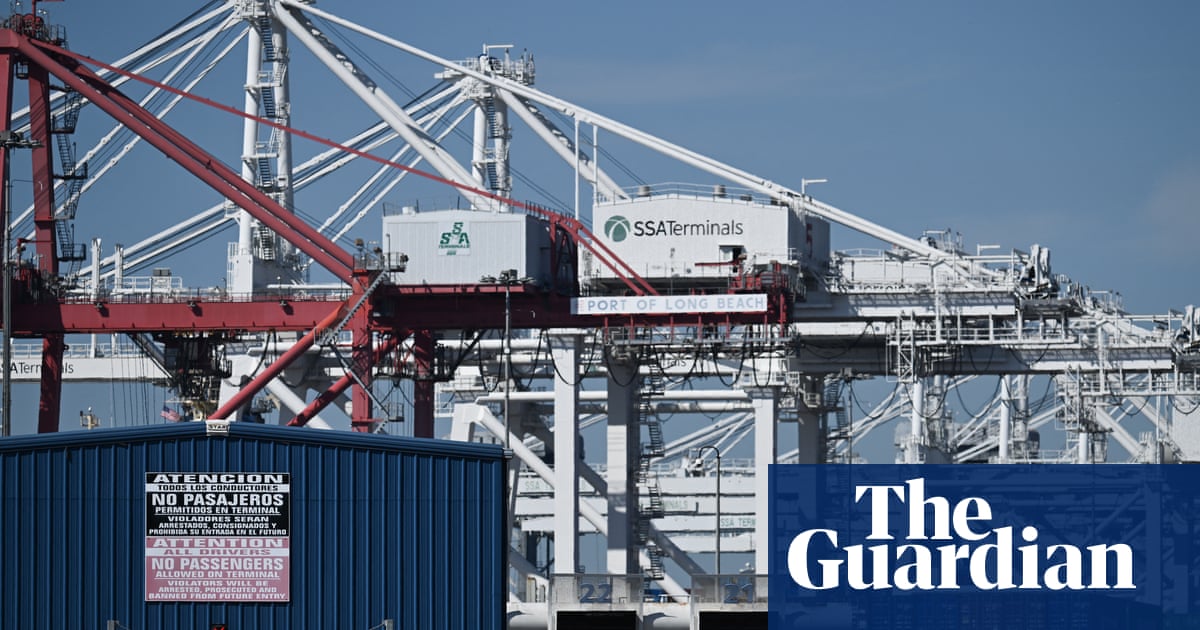
The idea of a US manufacturing renaissance driven by tariffs has been a cornerstone of former President Donald Trump’s economic promises. However, many economists remain skeptical about whether these measures can deliver on their lofty goals. Experts point to the inconsistency and inefficiencies inherent in the tariff policies, suggesting that they may do more harm than good.
The Ambition Behind the Tariffs
Supporters of the Trump administration’s tariffs argue that making imported goods more expensive will motivate companies to manufacture products within the United States. Indeed, statements such as “The ‘Made in USA’ label is set to resume its global dominance” showcase the administration’s intentions. But is this goal realistic in today’s global economic landscape?
Many experts say no. According to Michael Strain, an economist at the American Enterprise Institute (AEI), “Raising production costs for US companies through tariffs reduces their competitiveness, making it harder to create and sustain manufacturing jobs.” As a result, while the idea may sound promising, the reality of implementation dampens its effectiveness.
Inconsistencies Hinder Manufacturing Growth
Ann E. Harrison, a professor at the Haas School of Business, highlights another significant obstacle: inconsistency. The on-again, off-again manner in which tariffs were rolled out under Trump caused a wave of uncertainty across industries. “For policies to succeed, they need to be consistent over a long period,” explains Harrison. “Manufacturing investments often require five years or more to yield results—an impossible timeline under inconsistent policies.”
Adding to the uncertainty is the legality of the tariffs themselves. In May, the U.S. Court of International Trade ruled certain tariff policies illegal, further complicating matters for companies deciding whether to invest in domestic facilities.
Technology: A Double-Edged Sword
Even without tariff-related challenges, modern manufacturing trends are working against job growth in the sector. Advanced technologies, including robotics, enable companies to produce more with fewer workers. This global shift strongly affects both emerging and developed markets. “We’ve passed the peak of manufacturing employment,” says Harrison. “If the goal is to create significant manufacturing jobs, the answer is most likely no.”
The automotive industry underscores this point. Despite imposing tariffs on steel and aluminum, these policies raised material costs for automakers, reducing their competitiveness. Moreover, slashing subsidies for electric vehicles (EVs) leaves companies struggling to innovate in a global market increasingly focused on sustainable energy solutions.
What’s the Alternative?
President Joe Biden, by contrast, has taken a more deliberate approach with industrial policies targeting specific sectors like semiconductors and electric vehicles. By combining strategic tariffs with subsidies for innovation, companies have begun investing in EV factories and microchip production hubs. Biden’s policies emphasize collaboration, fostering competition to ensure long-term growth.
Compared to Trump’s broad-spectrum tariffs that reduced competitiveness, targeted incentives offer a sustainable path forward for US manufacturing. “It’s about identifying the industries you want to grow and creating an environment that attracts investors,” says Dani Rodrik of Harvard’s Kennedy School of Government.
Final Thoughts
The dream of a US manufacturing revival sounds appealing, but vague promises and inconsistent policies may be insufficient to achieve it. The rise of automation, global competition, and the wrong industrial investments only widen the gap. Transitioning to strategic, sector-focused policies like those for EVs and semiconductors appears to be a more viable approach for boosting America’s competitiveness without sacrificing sustainability or innovation.
If you’re looking to support sustainable industrial growth, consider eco-friendly lifestyle changes yourself. For example, you can explore sustainable, American-made products like the Native Unscented Deodorant, an environmentally responsible option supporting local manufacturing.





